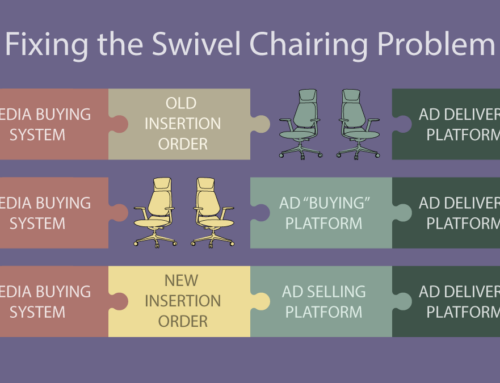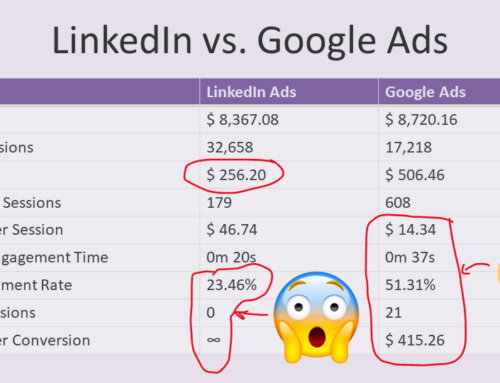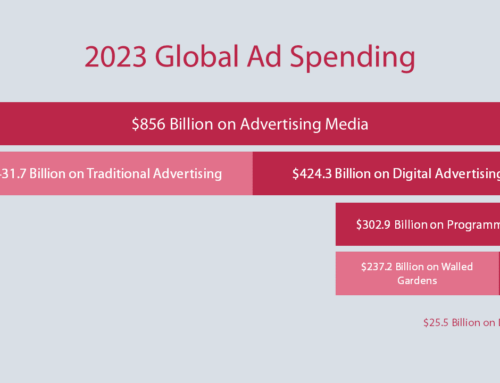I recently returned from an exciting IAB Annual Leadership Meeting in Phoenix, where a packed Arizona Biltmore resort was host to over 800 digital media luminaries. On the tip of many tongues over a two day session was “programmatic premium,” the term our industry is using to describe the buying of digital media in a more automated way.
One particular “Town Hall” type meeting was particularly spirited, as leaders sparred over what “programmatic” meant, whether or not publishers should be using it, and how agencies were leveraging it. Here is what I heard:
We are calling it the wrong thing. Like it or not, the term “programmatic” is tied to the concept of real time bidding. This is natural, given the fact that the last 5 years in ad tech have largely revolved around DSPs, SSPs, and cookie-level data. This creates a problem because, when you add the word “premium” into the mix, you have a really big disconnect. Most folks don’t really consider the large majority of exchange inventory “premium.” Doug Weaver said we should just call it “process reform,” since we are really talking about removing the friction from an old school sales process that still involves the fax machine. Maybe the term should be “systematic reserved” for deals that happen when guaranteed buying platforms (like NextMark, Centro, and MediaOcean) plug into sell-side systems (like iSocket, AdSlot, and ShinyAds) to enable a frictionless, tagless, IO-less buy. It is early days, but I suspect this may be what people are talking about when they utter the term “programmatic premium.”
Private Exchanges Seem like a Fad. For programmatic premium to take off inside of RTB systems, something like having “Deal ID” and “private exchanges” need to be implemented at scale. Yet, for all of the conversation around programmatic premium, I heard very little about private exchanges, Deal ID, and the like. I really think this is because of publishers enjoy having RTB as a channel for selling lower classes of inventory. They are getting better average CPMs from SSPs than they were getting in the network era, and they can experiment with who gets to look at their various inventory and play with floor pricing—a much higher level of power and control then they recently enjoyed. But do they want to sell the good stuff like this? The answer is no. They do, however, want to find ways to get out of the RFP mill that makes the transactional RFP business they manage so cumbersome and people-heavy. Again, that seems to be in the domain of workflow management tools, rather than existing supply-side platforms. If any of the many publishers at the conference were leveraging private exchanges to sell double-digit CPM inventory to a select group of customers via RTB, we didn’t hear a lot about it.
Agencies Love Programmatic. We heard programmatic perspectives from many major agencies throughout the conference, mostly in bite-sized chunks in networking sessions. When asked whether large agencies had less of an incentive to create efficiency in media planning and buying (since they get paid on a cost-plus basis), some agency practitioners admitted this was true but offered that “times were changing quickly.” Clients, having access to many highly efficient self-service buying platforms for search and display (and some, like Kellogg Company, having their own trading desks) there is a lot less tolerance for large billable hours related to media planning. It makes sense; the easier it is to plan a campaign, the cheaper it should be. Marketers would like a bigger chunk of their money going to the media itself. That said, we also heard that agencies are being pushed hard on meeting KPIs—and that even goes for brand marketers. Meeting those KPIs is easier to manage in a programmatic world, and that means pressure to buy through DSPs, rather than emphasizing guaranteed buys. That means lower prices for publishers, and probably necessitates plugging higher and higher tiers of inventory into RTB systems.
We Got Both Kinds
Like the honkytonk saloon in the Blues Brothers that offers “both kinds of music—country and western,” we have to accept two types of “programmatic premium” right now. The first is the notion of buying real premium inventory inside of today’s RTB systems through private exchanges. The second is the notion of buying reserved inventory in a more systematic way. Both approaches are valid ways in which to create more efficiency, transparency, and pricing control in a market that needs it. We just have to figure out what it’s eventually going to be called.
This article originally appeared in ClickZ.





